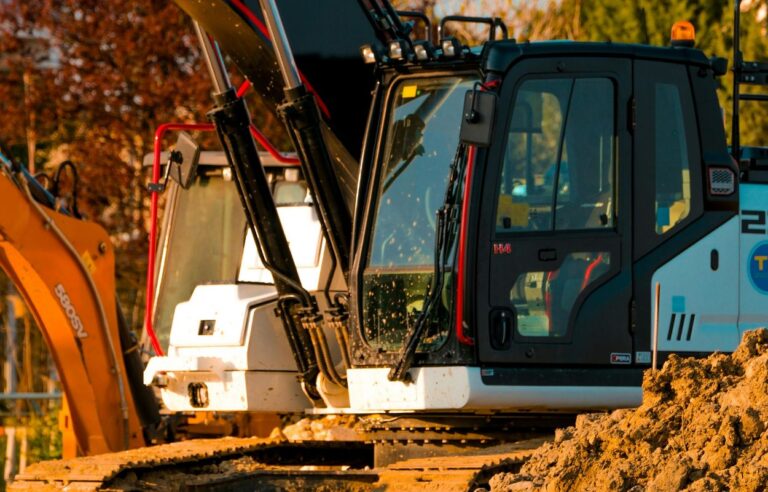Repurposed wood is one of the most beautiful, sustainable, and creative materials available for home renovations and DIY projects. But there’s one catch: in most cases, it can’t be used structurally. Building codes and safety standards often prohibit recycled lumber from being used for load-bearing walls, beams, or framing.
That doesn’t mean repurposed wood is useless—it’s quite the opposite. With a little imagination, repurposed wood can add warmth, character, and eco-friendly charm to almost any space. If you’ve ever wondered what you can actually do with salvaged wood, this article will give you plenty of ideas. And if you’re local, we’ll also share how deconstruction services in Nanaimo make it easy to get your hands on quality reclaimed wood.
WHY REPURPOSED WOOD ISN’T USED STRUCTURALLY
Before diving into the fun stuff, let’s quickly clear up why repurposed wood usually isn’t allowed in structural applications.
- Unknown History – Salvaged wood often comes from older homes or buildings, and its exposure to moisture, pests, or chemicals isn’t always clear.
- Hidden Damage – Even if wood looks solid, it may have internal cracks or weaknesses that make it unreliable for heavy loads.
- Code Compliance – Building inspectors require lumber to meet specific grading standards. Reclaimed wood often can’t be certified to those standards.
So while you can’t use it as the backbone of your house, you can absolutely use it to enhance your home’s design, add rustic charm, and bring in sustainable elements.
DECORATIVE USES FOR REPURPOSED WOOD
One of the most popular uses for reclaimed wood is purely decorative. These projects don’t rely on the wood for structural support, which makes salvaged lumber perfect for the job.
- Accent Walls – A reclaimed wood accent wall adds warmth and character to any room. It works especially well in living rooms, bedrooms, or entryways.
- Ceiling Beams – While they can’t be load-bearing, faux ceiling beams made of repurposed wood create a rustic, farmhouse-inspired vibe.
- Paneling and Trim – Instead of new, sterile trim, you can add reclaimed wood paneling around doors, windows, or baseboards for extra texture.
FURNITURE MADE FROM REPURPOSED WOOD
Reclaimed wood shines when used for custom furniture pieces. Because each piece of lumber is unique, every finished project has its own personality.
- Dining Tables – A reclaimed wood dining table instantly becomes the centerpiece of a home.
- Coffee Tables – Smaller pieces of salvaged wood work perfectly for rustic coffee or side tables.
- Benches and Chairs – Sturdy, character-rich reclaimed planks can be crafted into seating that doubles as art.
- Shelves – Simple floating shelves made from repurposed wood add a natural touch to kitchens, offices, or bedrooms.
FLOORING AND STAIRS
Reclaimed wood flooring is in high demand. It provides a warm, lived-in look that new wood floors just can’t replicate. The aged patina, nail holes, and saw marks give each plank its own story.
Wood from deconstruction projects can also be used for stair treads, giving a unique finish that makes each step feel like a work of art.
OUTDOOR USES
Repurposed wood isn’t just for indoor projects. With the right treatment, it can also be used for creative outdoor features:
- Garden Beds – Raised beds made from salvaged wood are both practical and stylish.
- Decking and Patios – While not structural, reclaimed wood can be used as decking planks with proper sealing.
- Outdoor Furniture – Picnic tables, benches, or pergolas can all be made from salvaged wood.
- Fencing – Reclaimed wood fences have a weathered, natural look that fits perfectly in outdoor spaces.
CREATIVE DIY PROJECTS
If you’re the crafty type, repurposed wood opens the door to endless possibilities:
- Picture Frames – Small offcuts of wood can be transformed into rustic frames.
- Headboards – Salvaged planks create stunning custom headboards for bedrooms.
- Wine Racks – Repurposed wood makes stylish, sturdy racks for wine or kitchen storage.
- Wall Art – Pieces of wood with natural textures can be arranged into creative art installations.
- Planter Boxes – Great for both indoor plants and outdoor gardens.
The possibilities are limited only by your imagination.
SUSTAINABILITY BENEFITS OF REPURPOSING WOOD
Aside from its beauty, the biggest reason to repurpose wood is sustainability. Every piece of wood salvaged from a deconstruction project means less waste in landfills and less demand for freshly harvested lumber. That helps conserve forests, reduce emissions from milling and transport, and extend the life cycle of existing materials.
By choosing reclaimed wood, you’re not just improving your home—you’re also making a positive environmental impact.
HOW DECONSTRUCTION SERVICES IN NANAIMO MAKE IT POSSIBLE
If you’re wondering where to find quality reclaimed wood, the answer often starts with deconstruction. Unlike traditional demolition, which destroys materials, deconstruction carefully dismantles buildings so materials like wood, doors, and fixtures can be salvaged.
Companies that specialize in deconstruction services in Nanaimo are experts at salvaging wood that can’t be used structurally but is perfect for decorative projects, furniture, and more. They work with local recycling centers, reuse organizations, and even direct customers who want access to these materials.
By hiring local deconstruction professionals, you’re not only making your renovation more sustainable—you’re also gaining access to materials that carry history, character, and quality you won’t find at a big-box store.
FINAL THOUGHTS
Repurposed wood may not be suitable for structural use, but that doesn’t mean it’s limited. From accent walls to furniture, flooring to outdoor projects, salvaged wood offers endless opportunities to add charm, sustainability, and creativity to your home.
If you’re planning a renovation or simply want unique materials for your next project, consider looking into deconstruction. Local specialists make it possible to reclaim and repurpose wood that might otherwise be wasted.
Your home can tell a story with every plank, beam, and board. And with the right approach, that story doesn’t end when a building comes down—it continues with you.


